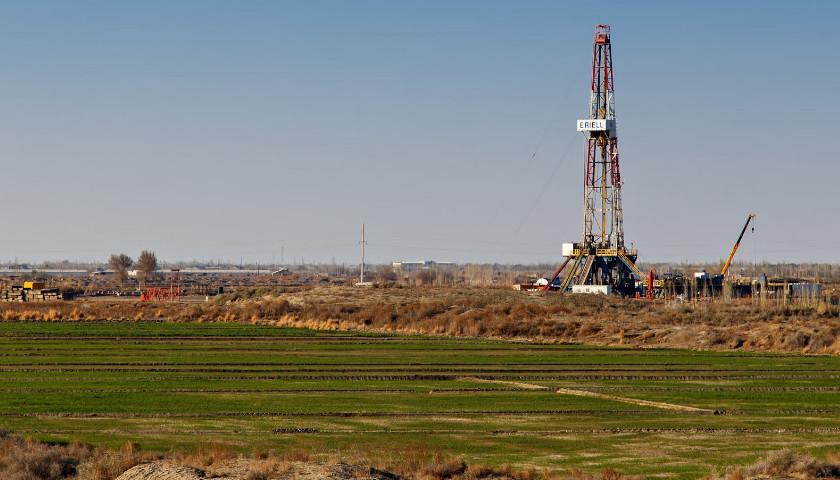by Morgan Sweeney
The Northern Virginia Regional Commission evaluated the climate-change readiness of the region and its military installations – identifying 129 projects to address readiness gaps.
Utilizing a $1.5 million Department of Defense grant, multiple counties and municipal governments participated in the study, such as Arlington, Fairfax, Prince William and Stafford counties, home to Joint Base Ft. Myer-Henderson Hall, Ft. Belvoir and the 58,000-acre Quantico Marine base.
The Military Installation Resilience Review examined the installations and surrounding communities that would be most affected by “extreme weather events” projected to occur within the next 30-50 years due to climate change, according to data from government agencies, such as the DoD and the Federal Emergency Management Agency.
Of the 129 remedial projects identified, 43 target potential coastal and inland flooding hazards through mechanisms like regional stormwater master plans, floodwalls, and water and wastewater pump stations more resilient to increased flooding.
Thirty-two projects focus on energy provision, with the goal of ensuring access to stable energy sources, as well as reducing installations’ “operational footprint.” Several involve building solar-powered microgrids to “maximize the capacity of renewable energy generation and battery storage to minimize reliance on diesel-powered generation.”
The MIRR Executive Summary highlighted 19 projects, sharing their projected costs and timeframe. Over half of these are expected to take over 15 years to complete and cost more than $15 million each.
“We’ve identified almost $400 million worth of projects that we could work on. We’ve actually expanded the aperture a bit and are working with some of the counties on their projects, and that number is now upwards of $600 million,” said Chris Landgraf, MIRR program manager for the NVRC.
Despite this, Landgraf stressed it is just an “initial look” at the issues, and the MIRR Executive Summary calls for a “common set of climate projection data and assumptions,” noting “many plans, policies and regulations that guide present-day land use and mitigation decisions lack well-documented future climate conditions data.”
The economic benefit of these projects to the region and installations has yet to be estimated.
– – –
Morgan Sweeney is a staff writer covering Virginia and Maryland for The Center Square. Morgan was an active member of the journalism program as an undergraduate at Hillsdale College and previously freelanced for The Center Square.
Photo “Northern Virginia” by Carol M. Highsmith.








